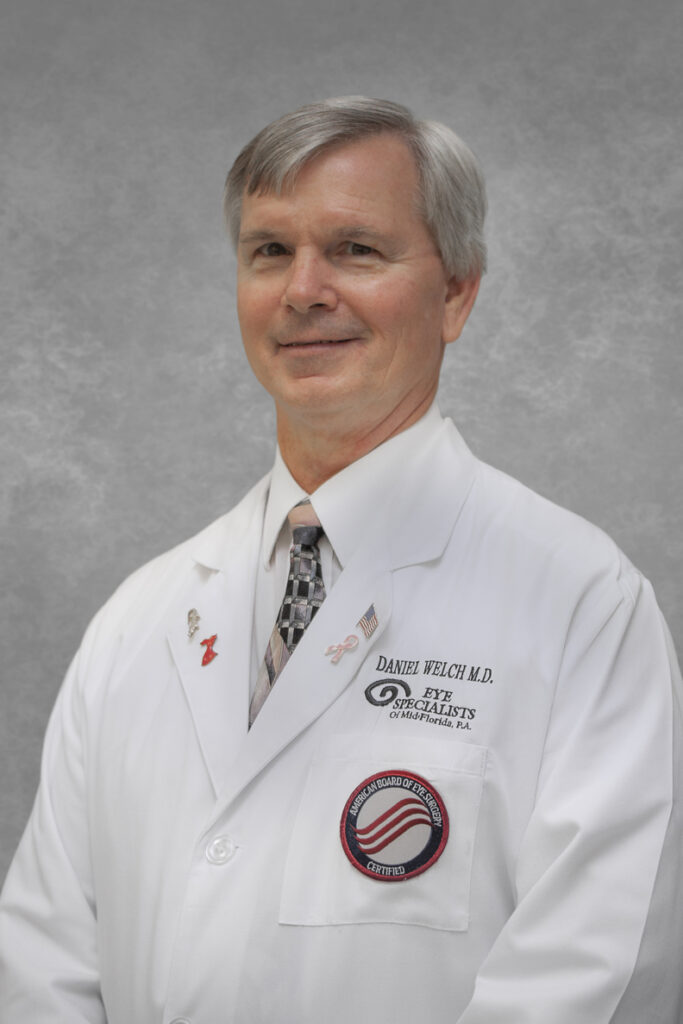Posted by: Eye Specialists of Mid Florida in Blog

Cataracts are the most treatable form of blindness worldwide. Millions of cataract surgeries are performed each year, restoring patients to functional visual status.
Cataract surgery was once the most common surgical procedure performed in the United States until about 5-10 years ago, when intraocular anti-VEGF injections were developed to treat macular degeneration. This has quickly surpassed cataract surgery in total number of procedures done and continues to grow quickly.
Over the past 40-50 years, cataract surgery has advanced greatly from surgery performed with loops and multiple silk stitches with leaky incisions that required patients to lay in bed with sandbags for a week after surgery and then use aphakic spectacles, which limited side vision making driving unsafe. Now, most cataract surgeries can be done with micro-incision surgery using foldable lens implants with no shots, no stitches, and no patches after surgery. Frequently, patients have better vision without glasses after cataract surgery than they have had for many years prior.
Multiple lens implant choices are available as upgrades, including implants for correcting astigmatism and bifocal lens implants. These implants are considered add-on procedures and are not covered by Medicare or insurance companies.
We are fortunate to have laser-assisted cataract surgery available in our area. Laser procedures soften the cataract and make several of the incisions needed for surgery with a laser, making them more precise as well as making the surgery gentler on the eye with quicker vision recovery. Patients experience only 10-15 minutes of surgery time and a 2-3 hour outpatient surgery center visit.
A New England Journal of Medicine study published in the early 2000s found that medical risk with cataract surgery was unchanged whether the patient had a systemic workup with EKG and blood work or not, unless the patient had an MI, stroke, or other major heart, lung, brain or vascular procedure within three months, which would require a medical clearance for surgery. Since the vast majority of cataract surgeries can be performed under topical and intraocular anesthesia with IV sedation and monitored anesthesia care, patients’ systemic medications, including blood thinners, rarely need to be stopped. With IV sedatives, the anesthesiologist can keep nearly all patients comfortable and steady for outpatient surgery under the microscope. Rarely, general anesthesia is needed.
Cataract surgery has come a long way. With all the advanced choices now available for cataract surgery, discussion with the patient and family is important in determining the best course of action.
To make an appointment to discuss cataract surgery at our Winter Haven or Sebring locations, call 800-282-EYES (3937).
